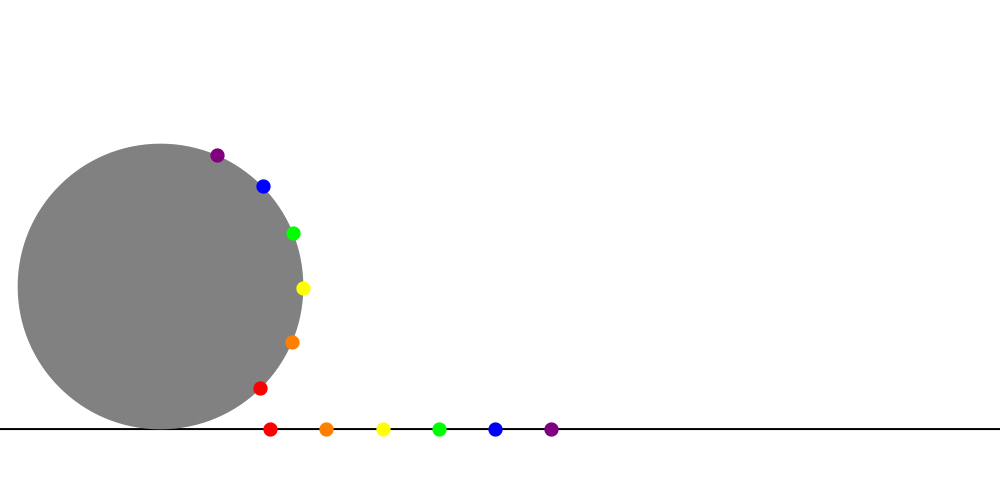Isaac’s Theory of Rolling
The students had been discussing factors that affect the speed of an object on a ramp—shape, material, and steepness. Then, Isaac raises his hand:
“A car goes faster because its wheels keep track of the floor.”

Isaac points to a diagram of gears he’d drawn in his notebook to explain what he means by “keep track.” Gear teeth line up with each other, interlocking one-by-one, and his idea is that a wheel “keeps track” in a similar way, each point on the wheel lining up with a point on the floor. It is a challenging idea to explain, and Sharon works hard to understand him.
“When you push the car, then…this part will land right there and then the wheel will push it into the next part to land.”
Isaac rolls the car on his hand to show how each point of the wheel lands on a distinct spot on his hand, explaining that this lets the wheel roll without dragging (“ragging”) on the floor. He speaks of how “it pushes,” and Sharon asks him to explain “what’s pushing what?” At one point, it seems he means a point on his hand pushes the wheel; at another it seems he says the wheel is pushing.

“How would the carpet push the wheels?”
Ray wonders how the carpet could push the wheels. Alexis elaborates on Ray’s question, implying that the carpet can’t actively push—it just “stay[s] there”! Jourdan asks about ramps.
“How could the wheels get tired?”
The question shifts from what makes the car move to what makes it slow down, as everyone’s experience says it must. Scarlett and Jamir don’t accept Isaac’s first answer, that the “wheels get tired.”
“The scratching makes it stop?”
Pressed to explain slowing, Isaac comes up with another idea: It is friction (“scratching”) between the wheels and the axles (“strings holding the wheels together”). Sharon recognizes this explanation as an important addition and she has Isaac to repeat it. She also emphasizes the importance and complexity of his idea by calling attention to the hard work and “intensive listening” she did to understand it.